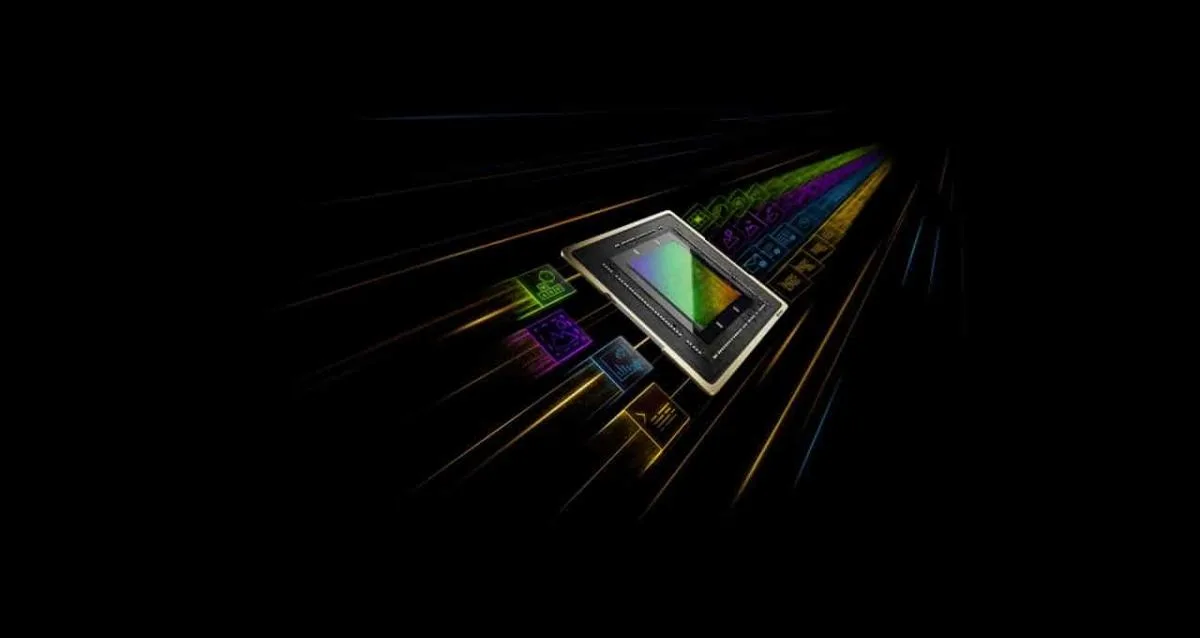Just before , has revealed its latest GPUs for laptops and, what a surprise, they are designed in large part to facilitate AI processing. The RTX 500 and 1000 Ada Generation graphics cards are primarily intended for thin and light laptops. While they don't offer as much TOPS AI performance as current high-end mobile GPUs, they could provide a practical option for AI processing on the go for researchers, content creators, and video editors. It's worth noting that these are workstation GPUs rather than CPUs designed for gaming.
GPUs, based on the Ada Lovelace architecture, deliver up to twice the ray tracing performance of previous generation GPUs (they use third generation ray tracing cores). Fourth-generation Tensor cores, meanwhile, deliver up to twice the throughput of previous GPUs, according to NVIDIA. The company says this helps “accelerate AI-driven deep learning training, inference, and creative workloads.”
The RTX 500 has 4GB of dedicated memory, while the RTX 1000 has 6GB. NVIDIA claims to offer up to 154 and 193 TOPS of AI performance, respectively. Compared to a CPU-only AI setup, the RTX 500 is expected to deliver up to three times faster photo editing using AI, up to 10 times the graphics performance for 3D rendering, and up to 14 times the performance generative AI for various models. .
GPUs also support , the company's scaling technology. Additionally, an eighth generation encoder includes support. NVIDIA claims that this video codec is “up to 40% more efficient than H.264, opening up new possibilities in broadcasting, streaming and video calling.”
If you want to buy a laptop with an RTX 500 or 1000 GPU, you won't have to wait long. They will debut this spring on laptops from brands including Dell, HP, Lenovo and MSI.

